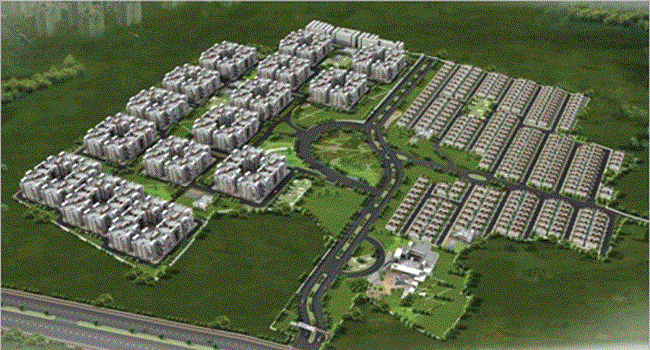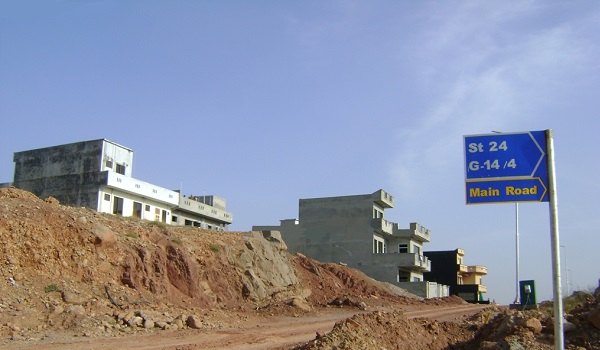London office market is facing a bright future as a number of reports reflect positive outlooks for 2010 and 2011.
Central London’s office market will see continued improvement in 2010 following a turbulent 2009, according to Jones Lang LaSalle’s latest office research.
It describes 2009 was an exceptional year following a dire first quarter with widespread fears of tenant disposals, lengthy voids on new properties and falling demand, but the outcome at the end of the year was actually very different.
In the City annual total take up was 19% up on 2008, an overall vacancy rate of 9.6% and a grade A vacancy rate of 5.3%. Prime City rents remained stable and JLL said it expected return to rental growth in the next 12 months, with double digit upward growth in 2012 and 2013.
Take up in the Docklands in the final quarter of 2009 was more than the first three quarters combined, although annual total take up was the lowest since 2003. Total available space increased 53% driven by the release of tenant controlled space and the overall vacancy rate at the end of the further quarter was 13%, with Grade A supply at 11.4%.
Annual take up in the West End was down 32% on 2008 levels, overall vacancy rates ended the quarter at 7.7% with grade A supply falling slightly to 4.7%. Prime rents remained stable.
‘This was a remarkable turnaround that few would have predicted. But 2009 was not a great year, it was simply much better than feared. We believe 2010 will bring a continued improvement in the market and risk will be easier to quantify. It will also be a year of opportunity, particularly for those in a position to build speculatively,’ said Neil Prime, head of markets.
London will see rises in headline rents in both the City and the West End this year and next and investment should also keep going strong, according to the latest research from Savills.
It says that in the West End rents could reach £98/sq ft by 2011 compared to 2009’s levels of £88/sq ft. In the City, rents could rise from £47.50/sq ft to £56/sq ft this year. The rises are due to a decline in the availability of new stock as a result of a lack of development, according to the report.
‘We anticipate a firm recovery in the City market this year closely followed by the West End in 2011. Headline rental growth will occur in both markets driven by shortages in new stock but we do not expect a boom in take up as uncertainties in taxation, regulation and public spending will continue to hang over the wider economy at least until post budgets and election,’ said Peter Thursfield, director of Savills city agency.
While Tracy Collins, head of west end agency, said: ‘As supply lessens, the good news for landlords is there will be demand for good quality refurbished stock, whilst tenants who wish to get a good deal will need to act quickly as the window of opportunity is closing.
In the investment market, yields hardened across the City and the West End in 2009 as investment volumes rose. Savills said that the return of UK institutions to buying in these markets would offset reduced interest from international buyers, and there would be no double dip in yields in the office market in 20120.
‘The recovery in leasing markets is good news for the investment market and will provide stability to prevent a double dip this year. We expect to see an increase in tactical selling from vendors encouraged by price rises, meanwhile investors will become less biased towards security as occupational markets pick up and this will broaden their acquisition criteria,’ said Mat Oakley, head of Savills commercial research.
And the latest report from the Royal Institution of Chartered Surveyors shows that the amount of office space available to tenants in London declined for the first time in two years as the London economy started to lead the country out of recession.
Demand for business property increased in the fourth quarter of 2009 with office space and industrial property proving particularly popular but demand for retail space continued to decline. Some 14% more chartered surveyors reported a rise in tenant demand up from eight percent in the previous quarter. This is the second successive rise in tenant demand and the first time that there has been an upward trend since early 2007.







